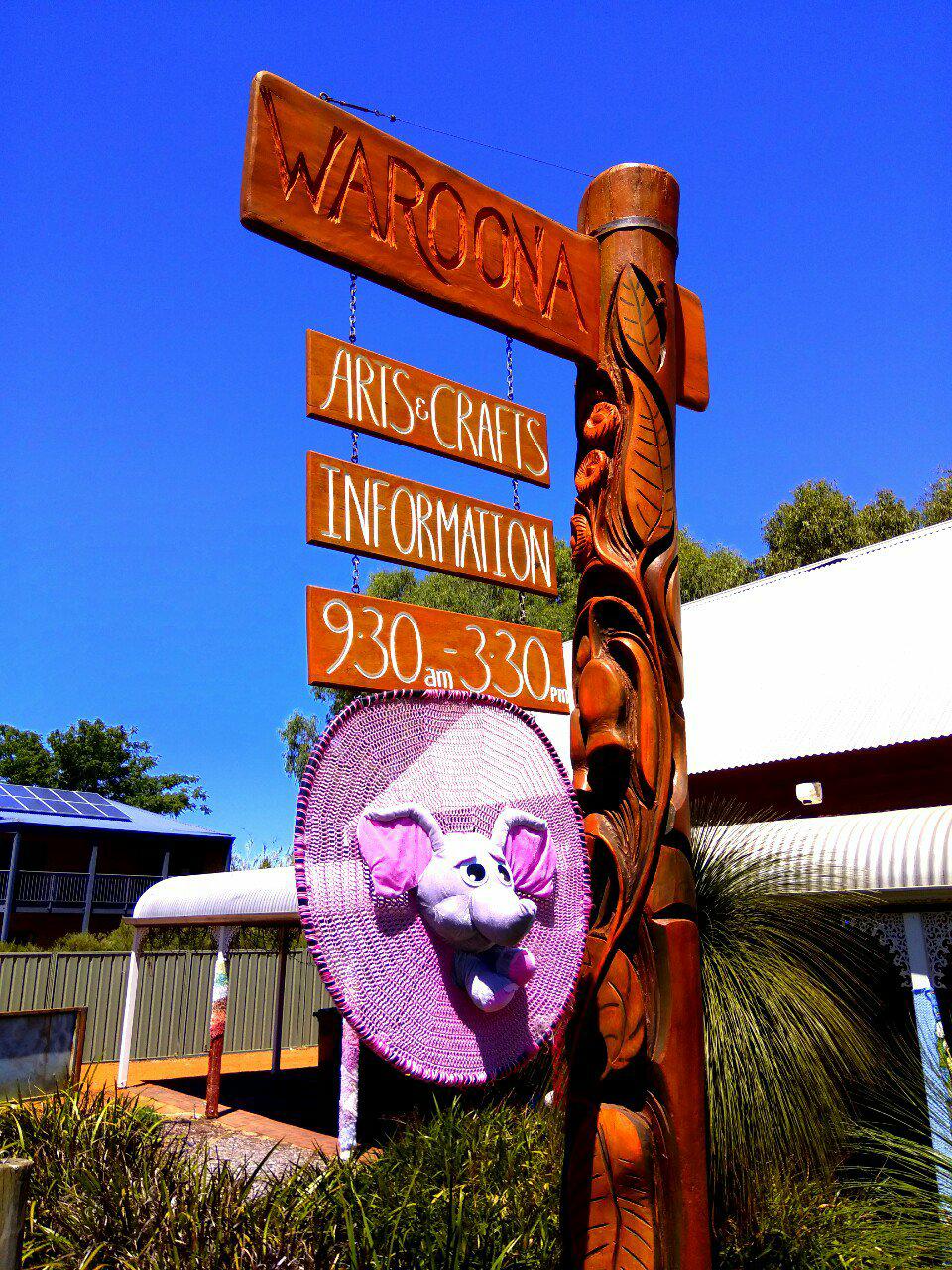Street art, history, exploring and wildlife. All of these things can be found when visiting the No.227 RAAF Radar Bunkers just north of Yanchep. These once derelict and vandalised structures were brought back to life by local street artists Paul Deej and Chris McBride with the help of students from Yanchep Secondary College last December.

While much of the infrastructure has long gone, you can still get a sense of what was happening here and the important part this division paid in the Australian war effort.

Built in 1943 the 2 bunkers held radar equipment, the northern one had the receiver and the southern one had the transmitter. Any aircraft detected would be relayed to the WA Air Defence Headquarters. Deep channels have been cut into the floors of the bunkers to house the necessary utilities for such (at the time) large and complex machines. Around the bunkers you will find big squares of concrete, these anchored the feet of 2 tall radio towers The RAAF and WAAAF staff that worked there were housed at Yanchep National park as the area was considered too far away at the time to commute! After the war, the unit was quickly disbanded and the bunkers were abandoned.

The bunkers can be seen from Indian Ocean Drive and the turnoff is 2.5km (3 min drive) north of the Yanchep Beach Road- Wanneroo Road intersection on the east side of the road. They are best accessed with a 4wd. You will not be able to drive directly up to them as most tracks have been blocked off to protect the area so a short walk is necessary. There is a clear walk trail (the bunkers also lie on the Yanchep Rose Walk Trail) however it isn’t totally pram friendly. It is not advised to park on Indian Ocean Drive as it’s not safe for children. Some caution will need to be taken when visiting with young children in case of broken glass etc (though we saw very little). There is no charge to enter this section of the National park.


















